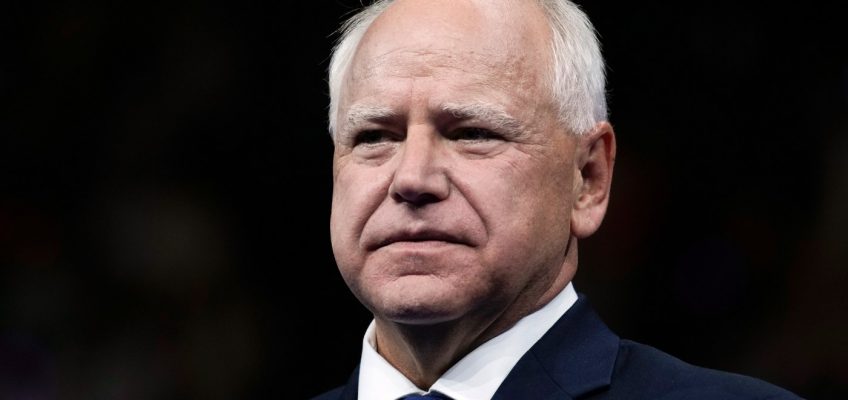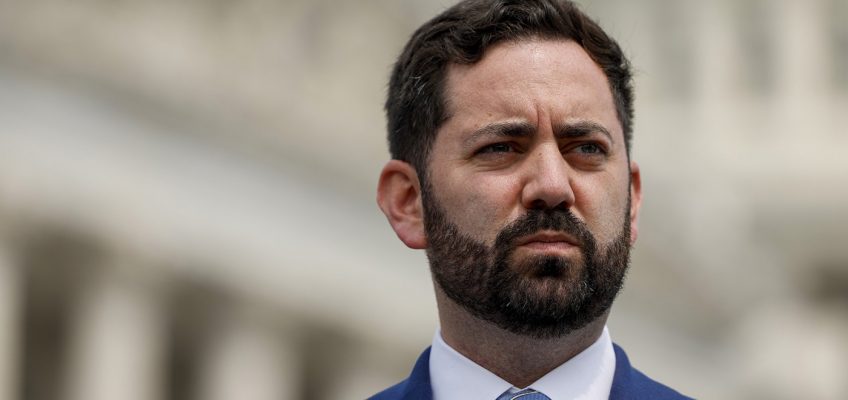Gophers offensive coordinator Greg Harbaugh insisted Wednesday he wasn’t concerned when new transfer quarterback Max Brosmer overthrew his first third-down attempt against North Carolina last week.
Harbaugh quickly came to that conclusion at Huntington Bank Stadium after reviewing the replay on the tablets now available in-game for coaches and players.
“It’s something that I wouldn’t have been able to see in years past,” Harbaugh shared. “But right when I saw it, I knew he was fine. There was no panic. It wasn’t his mind that was going too fast on that particular third down; it was his feet.”
Brosmer had worked through his progression and stepped up in the pocket, but his feet didn’t provide a solid foundation, and he sailed the throw to tight end Jameson Geers. The Gophers went three-and-out and punted.
“He said it right away,” Harbaugh said. “He came right to the player phone (and said), ‘My feet were too fast, I’ll settle down.’ ”
Four of Brosmer’s eight incompletions came in that first quarter (3 of 7), but he had four the rest of the way as he finished with 62 percent completions (13 of 21) for 165 yards, no touchdowns and no interceptions. On the last two drives of the game, Brosmer had a faster tempo and went 5 for 7 for 95 yards; one ended in a go-ahead field goal, the second ended in a missed kick as time expired on a 19-17 loss to the Tar Heels.
“Last two drives, he was very effective,” Harbaugh said. “He didn’t do anything out of the ordinary. He just executed the game plan and did his job.”
The Gophers didn’t officially attempt a throw more than 20 yards downfield in the season opener, but two Brosmer deep throws to Daniel Jackson ended in defensive pass interference penalties — a net positive. Another Brosmer dropback had Cristian Driver wide open downfield, but Brosmer was brought down for one of Gophers’ five sacks allowed in the game.
Brosmer was under pressure on 10 of his 29 total drop backs (34.5 percent) against the Tar Heels, according to Pro Football Focus. When he wasn’t being sacked in those situations, he went 2 for 4 for 20 yards, per PFF. When kept clean in the pocket, he was 11 for 17 for 124 yards.
Brosmer’s rushing attempts were a mixed bag.
First, the negatives. He attempted to scramble for a first down in the fourth quarter, but linebacker Amare Campbell punched the ball out with a heavily taped hand for a fumble lost. Brosmer also tried to outrun a 300-pound Tar Heels defensive lineman earlier in the game, but the QB was quickly brought down.
“That was my welcome to the Power 4 (moment), for sure,” Brosmer said. “It didn’t happen too much from where I originally played (at New Hampshire). That was a good phone call on the sideline with Coach Harbaugh, like, ‘Well, you won’t do that again, but you know, you can take that and grow in-game.’ Ultimately, that’s going to be a throwaway next time.”
Brosmer had success on the ground, scrambling for a first down to keep a drive alive and quarterback sneaks. On the latter, he tallied his first touchdown to put the Gophers up 14-7 late in the first half.
On that opening third-down conversion attempt, Brosmer identified the coverage (a cloud corner to the field side, indicating cover three) and worked his progression to the backside dig route that Geers had run, Harbaugh said. The tight end was open.
“It was a very good job by (Brosmer); he just missed the throw,” Harbaugh said.
But it wasn’t Brosmer’s only miss. After North Carolina went on a 17-play field goal drive to start the second half, Brosmer had time but again overthrew Driver on an out route for another three-and-out. That missed opportunity contributed to the U running only four plays total in the third quarter.
Brosmer went 2 for 5 for 40 yards on intermediate throws (10-20 yards) and 11 for 15 on short throws (0-9 yards). On his 21 attempts, he targeted receivers 13 times, followed by running backs (five) and tight ends (three).
Overall, Brosmer said he is learning about where the sweet spot is for him in the Gophers’ offense. His play in the opener was reminiscent of former U quarterback Tanner Morgan.
“In order for teams to win games, you have to play within the system,” Brosmer said Wednesday. “If you try to do too much and try to play out of your body, that’s when really negative plays happen.”
Brosmer got his feet underneath him in the season opener, avoided damaging plays through the air in his first major college football game and put his team in a position to win the game. Now he will work to make more explosive plays starting Saturday against Rhode Island.
Related Articles
Gophers football vs. Rhode Island: Keys to game, how to watch and who has edge
Gophers football missed whopping 22 tackles in loss to North Carolina
Gophers men’s basketball nets commitment from Pennsylvania guard
How the Gophers are handling star prospect Koi Perich
Gophers football: Perspective on Big Ten opponents is key after season openers




